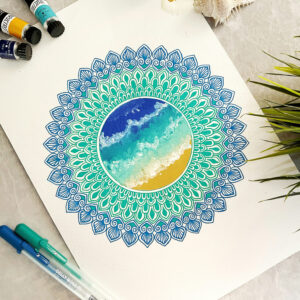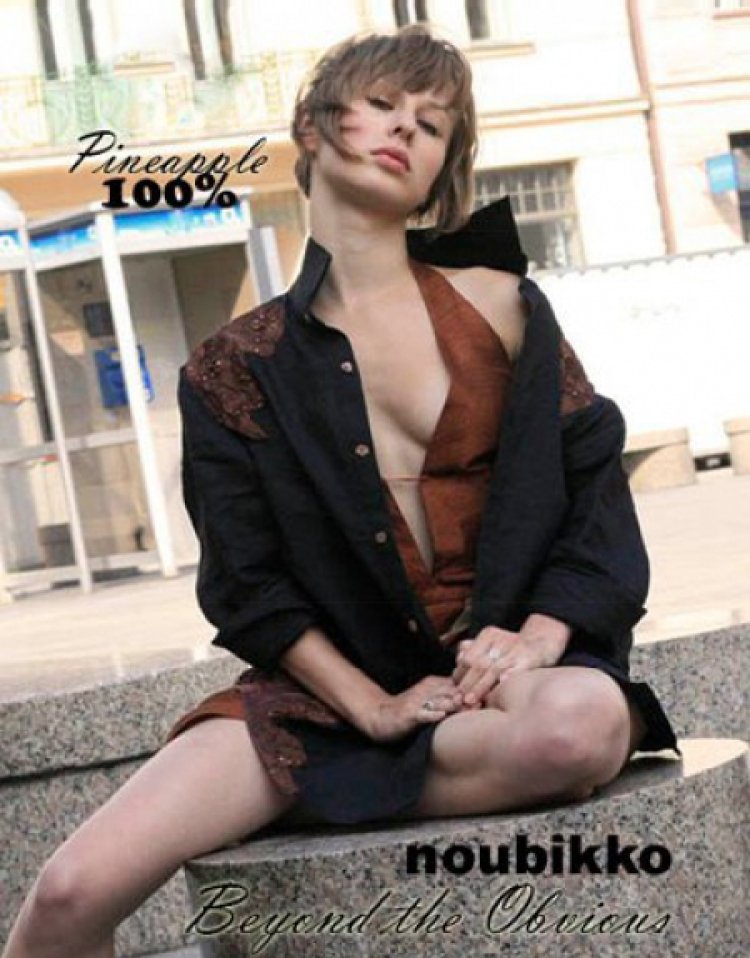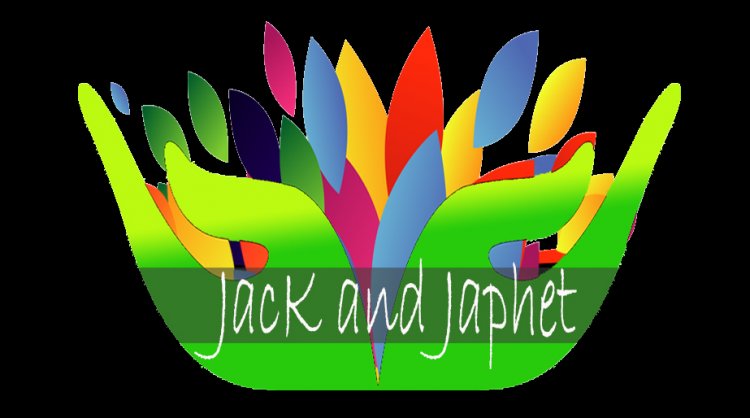The Archetype of Wholeness
The squaring of the circle is one of the many archetypal motifs which form the basic patterns of our dreams and fantasies, Carl Gustav Jung wrote in his book, Mandalas. It is distinguished by the fact that the mandala is one of the most important of motifs from a functional point of view. It is […]

The squaring of the circle is one of the many archetypal motifs which form the basic patterns of our dreams and fantasies, Carl Gustav Jung wrote in his book, Mandalas.
It is distinguished by the fact that the mandala is one of the most important of motifs from a functional point of view. It is called the “archetype of wholeness.”
In this context, we can compare mandalas, mirrors, and photographs.
Photographs and mirrors give us reflections of what is outside our sphere of awareness or point of view. They are aids to connect ourselves and our loved ones.
“Mandala art operates in a similar manner but instead of giving us reflections of the outside world, mandalas can help us see what is going on within our heart and soul.” (Quotes and excerpts from Coastal Pathways, Volume 3, No. 6, July, 1991)
We often carry photos of our loved ones in our cellphones or wallets. At the office, and at home, we have some framed photos of the important people in our lives — family and friends.
This practice has a deep psychological reason. We feel a sense of support and rootedness, especially in times of uncertainty, anxiety, loneliness and distress. The pictures remind us of their love and how their presence makes us feel.
This connection keeps our values clear and helps us cope with the subroutines of survival in our daily life.
Mirrors provide a reflection of how we look to the social (outside) world. The persona is important so we wear the appropriate clothes or try to look the best we can. We peek at the mirror to feel secure before we face others. Some people tend to look in the mirror too often. (The reason may be vanity or narcissism, but that is another topic.)
For the inner world, we use the mandala which means “circle” in Sanskrit. The circle signifies wholeness. Thus, in painting a circle, one experiences a sense of completeness.
Mandala art is a form of self-expression, personal growth, and spiritual transformation. The mandala has circles drawn, sketched or painted in a circular frame.
In Tibetan Buddhism, mandala art has existed for thousands of years. The Navajo sand artists use the mandala in healing rites. The Medicine Wheel was used by native people as a connective force between earth energies and nature.
Mandala art connects our inner self with the meaning of important life experiences. It is necessary to learn how to create and interpret them.
To illustrate, there is a central point or focus within the symbol that radiates a symmetrical design. Within each of us is a center. Everything is related to it because it is a source of energy and power.
Research reveals that every spiritual and religious system known to man shows that the inner center is a reality. The Romans worshipped it as the genius within. The Greeks called it the inner daemon. Christian religions speak about the soul and the Christ within. Psychologists use the term “Higher Self.”
By working with our imagination, we can see into the inner self. When we play with images and symbols, we expand our state of awareness and perceive the inner energies beyond the rational and intellectual.
In Jungian psychology, we learn that we all have a multitude of drives and desires, hopes and fears. We have wounds and abilities. All these must be acknowledged for our personal growth. We must reach “the synthesis of our biological, personal and spiritual potentials.”
Mandala art provides us with a mirror to see the dynamic forces that operate within us.
“Most mandalas have an intuitive, irrational character and through their symbolical content, exert a retroactive influence on the unconscious. They therefore possess a magical significance, like icons, whose possible efficacy was never consciously felt.”
We may have experienced ourselves as “a fragmented collection of subpersonalities and warring elements in opposition to one another (father vs. professional, body vs. mind, emotions vs., reason, sexuality vs. spirituality.)”
There is a process by which we can see how these parts fit together: “This is a critical point of view and when we begin to take all of ourselves into account, when we begin to honor and balance the dynamic forces within us, we can act in the world in ways that honor our essential wholeness, get our needs met and allow us to share with others the very best within us.”
To create a mandala, one draws a circle and fills it spontaneously like a doodle. The drawing emerges in an unpredictable way. Or one can fill it with intricate images that appear in our meditation or when we use visualization techniques. The objects can be ordinary scenes or things that fascinate us from nature —flowers, shells, butterflies, to name a few. We can view our completed mandala with curiosity and wonder.
We learn how to decipher the symbols, objects, colors and other elements. Their interaction gives us a broader understanding of our self. The completed mandala is a “wholistic snapshot” of what is going on within us and our present reality.
Maria Victoria Rufino is an artist, writer and businesswoman. She is president and executive producer of Maverick Productions.













